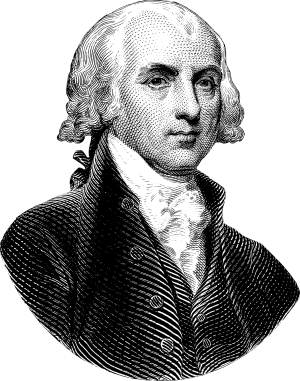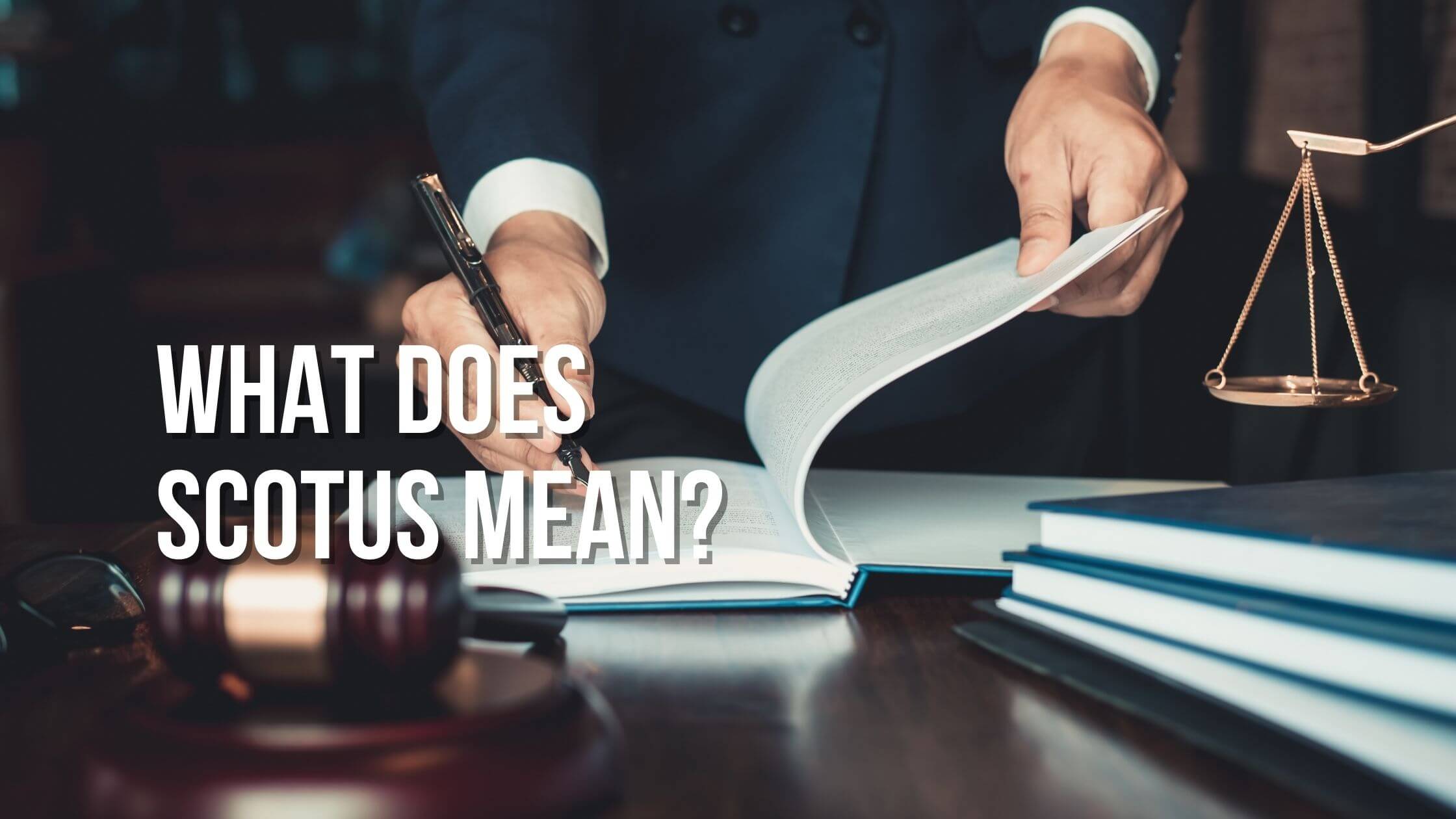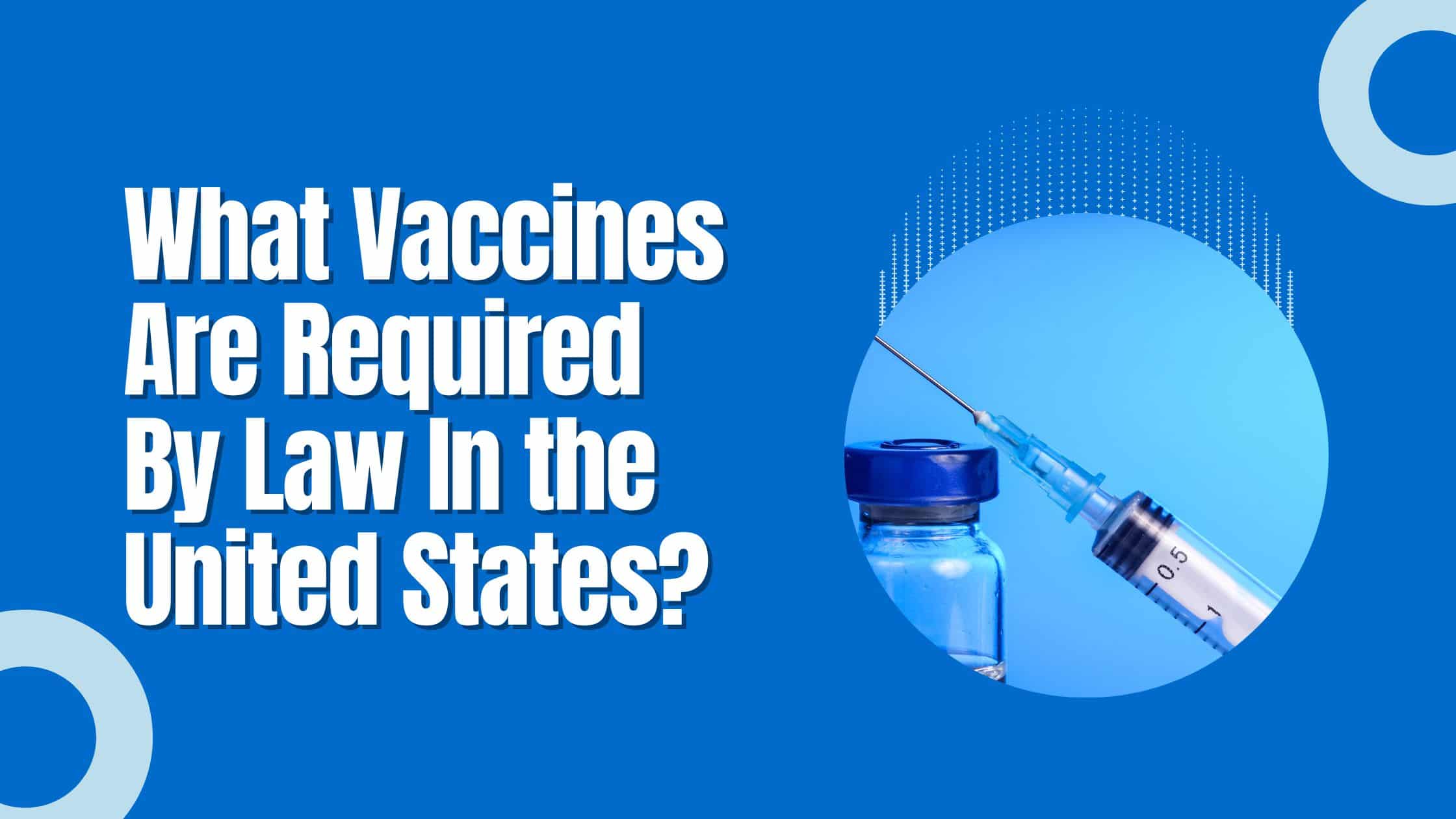Table of Contents
ToggleAbbreviations or acronyms are commonly used to reference various agencies, branches of government, or officers of the federal government in the United States, and SCOTUS is one of them.
What does SCOTUS mean?
SCOTUS is an acronym for the Supreme Court of the United States. It is the head of the judicial branch of the United States government and is the highest court in the land.
The court, composed of nine justices, including the likes of Brett Kavanaugh, Elena Kagan, and Ketanji Brown Jackson, is responsible for overseeing all federal district courts and appellate courts.
SCOTUS Is the Supreme Court of the United States
The judicial branch of the United States government was established through Article III of the United States Constitution. But the Supreme Court itself was established following the Judicial Act of 1789. It exists as a coequal branch of the government, tasked with interpreting the laws set by Congress and enforced by the executive branch.

Article Three of the United States Constitution
The establishment of the United States Supreme Court can be found in Article III of the Constitution. In framing the Constitution, the form and structure of the Supreme Court and the entire judicial branch of government were not clearly defined. As a result, it was the responsibility of the First Congress, through its use of congressional power, to define the court.
Over the years, the composition of the Supreme Court of the United States has changed significantly. Under the Judiciary Act of 1789, the court consisted of only six members.
As the size of the United States continued to grow in its infancy, so too did the size of the court. Several congressional acts increased the size of the court until, at one point, it consisted of 10 members. However, since the Judiciary Act of 1869, which set the court to 9 Justices, Congress has taken no additional steps to change its size.
The Judicial Branch
According to the Constitution, the United States government comprises three coequal branches. These branches are the legislative, executive, and judicial. In the nation’s founding, it was important to ensure that there was a proper separation of powers between the legislative and executive branches. This is why the judicial branch was necessary.

Having just declared independence from a nation whose tyrannical rule subjugated the colonists, the founders were naturally worried that the court’s existence could be used as a tool of tyranny.

Get Smarter on US News, History, and the Constitution
Join the thousands of fellow patriots who rely on our 5-minute newsletter to stay informed on the key events and trends that shaped our nation's past and continue to shape its present.
Nevertheless, James Madison believed in the importance of having a centralized, national judiciary that could oversee the enforcement of federal laws and exist as a means of checks and balances against the executive branch.
Eventually, the Founding Fathers agreed on the importance of establishing a single United States Supreme Court, providing that the power to define that court would be left to the legislative branch. This allowed Congress to shape and mold the judiciary to meet and adapt to changes as the nation grew.
Appointment of Justices
The President of the United States has the sole power to nominate anyone he or she sees fit to the United States Supreme Court. This power can be found under Clause 2 of Section 2, Article II of the Constitution, which is known as the Appointments Clause.
However, while the president does have the power to nominate anyone, under the Advice and Consent Clause of the Constitution, it is the responsibility of the Senate to both confirm and appoint those nominations to the court.
Congress may not pass any requirements for the position of Justice of the Supreme Court, as that power is left to the president’s discretion. However, it is the responsibility of Congress to determine whether that nomination represents the best interests of the people for whom they serve.
Ultimately, the Senate has the power to either accept or reject the nomination. After nomination by the president, the Senate must hold confirmation hearings where it can effectively interview the nominee for the position. A Justice is appointed to the Supreme Court of the United States by a simple majority vote in the upper chamber of Congress.
Tenure in SCOTUS
Under Section 1, Article III of the United States Constitution, the term of a Justice of the Supreme Court is defined as a period of “good behavior.” It is generally understood that this definition refers to a life-long appointment. A Justice on the Supreme Court will continue to serve on the court for the rest of their life or until they retire, resign, or are impeached by Congress.
In March of 1804, the House of Representatives impeached a member of the Supreme Court. However, the following year, the Senate acquitted the Justice of the offense.
Over the years, there have been several attempts to impeach Supreme Court justices, but none resulted in a House vote. Rather than face an impeachment inquiry, the justices simply resigned.
Size of the Court
Although Article III of the Constitution establishes the judicial branch of the United States government, it does not provide any definition of the size and structure of the court.
The only time that a Justice of the Supreme Court is mentioned in the Constitution can be found in Section 3 of Article I as it relates to the impeachment of a sitting president.
The Founding Fathers believed that the size and structure of the federal judiciary should be left to Congress’s discretion.

The initial Supreme Court was established through the Judiciary Act of 1789, which provided that the court was composed of six justices, one of whom would be the Chief Justice.
The size of the court was altered in 1801, and an attempt was made to reduce the court to five members, but the Judiciary Act of 1802 overturned that attempt.
As the nation grew in size, there was a need to also increase the size of the Supreme Court. In 1807, Congress increased the court’s size to seven. Again, in 1837 Congress increased the court’s size to nine.
Eventually, in 1863, the size of the court was increased to 10. In an attempt to limit the power of Andrew Johnson, the Judicial Circuits Act of 1866 reduced the size of the court back to seven Justices.
The most current iteration is the Judiciary Act of 1869, which set the size of the court to nine justices. The size of the court has not changed in more than 150 years.











